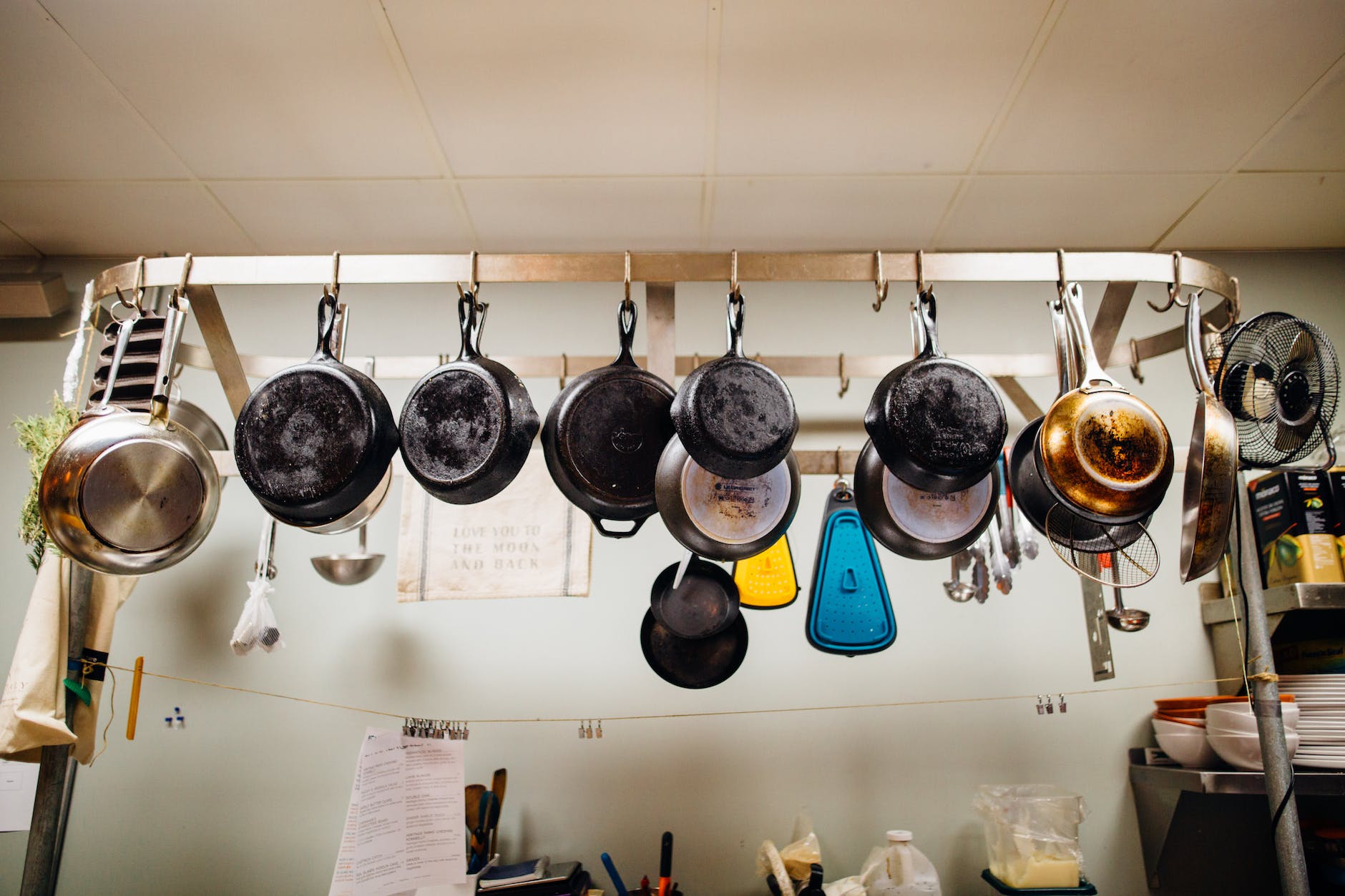
Exploring the Safety of Your Cookware: Insights from the Pros
In recent years, there has been a growing awareness among consumers regarding the safety and sustainability of kitchen cookware. The materials that our pots and pans are made of can have significant implications not only for our health but also for the environment. It’s important to consider both the composition of the cookware and the way it reacts under high heat, as this can affect the nutritional value of food and potentially release harmful substances. Here’s an in-depth look at some of the most widely used cookware materials:
Ceramic Cookware
Ceramic cookware is popular for its non-stick properties and is often marketed as a healthy alternative to traditional non-stick pans. They are made from natural clay that is kiln-baked to high heat, which transforms it into a durable ceramic. Some are glazed with a non-stick coating free of PFOA and PFAS, which are chemicals linked to health issues.
Pros:
- Free from PTFE and PFOA (chemicals found in certain non-stick coatings).
- Good heat retention and even cooking.
- Environment-friendly production process.
Cons:
- Can be less durable than other types of cookware.
- The non-stick surface may degrade over time and with misuse.
- Needs careful handling to avoid chipping.
Teflon (PTFE) Cookware
Teflon, the brand name for polytetrafluoroethylene (PTFE), has been a go-to for non-stick cookware for decades. While it can make cooking and cleaning a breeze, there have been concerns about the release of toxic fumes if it overheats, due to the thermal decomposition of the PTFE coating.
Pros:
- Excellent non-stick properties.
- Easy to clean.
- Requires less cooking oil, potentially reducing fat intake.
Cons:
- The coating can scratch easily and should not be used with metal utensils.
- Potential health risks at high temperatures.
- Not environmentally friendly to manufacture or dispose of.
Stainless Steel Cookware
Stainless steel is a mix of several metals, including iron, chromium, and nickel, which makes it highly durable and resistant to rust and corrosion. It’s a versatile cookware choice that’s widely used in both home kitchens and professional settings.
Pros:
- Very durable and long-lasting.
- Non-reactive, which means it doesn’t alter the taste of acidic foods.
- Often dishwasher safe and easy to maintain.
Cons:
- Doesn’t conduct heat as well as other materials unless it has an added core of aluminum or copper.
- Can be more expensive, especially higher-quality models.
- Food can stick, requiring more oil or butter when cooking.
Glass Cookware
Glass cookware is quite unique, as it allows you to see your food while it cooks. It’s made from tempered glass, which can withstand high temperatures and sudden temperature changes without shattering.
Pros:
- Does not react with food materials and is free of chemical coatings.
- Easy to clean and generally dishwasher safe.
- Environmentally friendly as it’s recyclable and made from abundant materials.
Cons:
- Heavier than other types of cookware.
- Poor heat distribution and can cause uneven cooking.
- Not as versatile as metal cookware for high heat methods like searing.
Choosing the right cookware involves balancing health considerations, environmental impact, cooking habits, and budget constraints. By understanding the pros and cons of these common cookware materials, you can select an option that aligns with your values and lifestyle, ensuring a happy, healthy, and environmentally-conscious kitchen.



